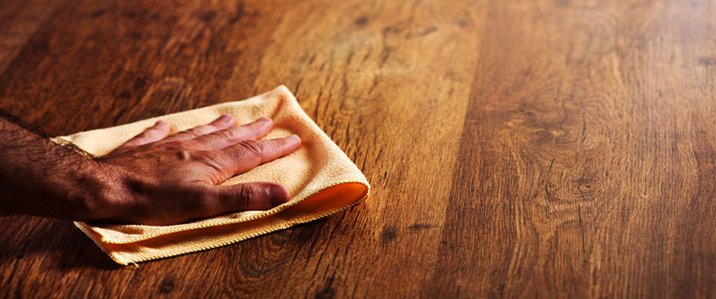A little maintenance and care goes a long way in keeping your furniture in pristine condition
Wooden Parts
Your table has been treated with a hardwax oil finish, which is a blend of both solid waxes and oil, hard wax oils. This finish is extremely tough and offers a more durable finish than wax or oil alone.
Hardwax oils are engineered to provide a durable surface that is soft to the touch and enhances the natural beauty of the wood. Unlike a plastic finish like varnish and lacquer, hardwax oils will not crack, peel or blister. In order for your table to keep looking its best some basic care requirements are shared for your consideration.
Avoid excessive exposure to steam and heat, as this can also cause unsightly marks and can damage the hard-wax oil coating. Always use cork coasters and protection under any hot items.
Cleaning
To clean your table, wipe with a slightly damp cloth. You may use a bit of natural soap diluted in water. Once cleaned, wipe with a dry cloth to ensure no moisture is left. Your furniture will not stain immediately, however spills left for a prolonged periods can leave ring marks or stains. It is best to wipe spills as soon as possible. I suggest using coasters and placemats to prolong the life span of the finish.
I recommend that your piece does not sit directly in the sunlight for too long, as light can cause changes in color and/or warping and cracking. In addition, the UV rays will breakdown the efficacy of the finish.
In cleaning the wood top, it is important that non-abrasive, solvent-free neutral PH cleaning products only are used. Harsh chemicals and any solvent or ammonia based cleaners will damage the surface. Avoid the use of strong detergents, glass cleaners, and silicone based products. For general cleaning, dust furniture regularly with a soft, damp cloth and dry with a soft, dry clean cloth. A microfiber cloth works great for this.
The material sourced has even been naturally dried, in some instances 200+ years. All pieces are tested for moisture content prior to any build. This ensures there is little moisture in the wood before your table is complete and ready to use. Over time, you may notice your piece get minor cracks, twists and possibly have some color differences. This is completely normal and is part of the character of wood and is not considered a defect in material. Solid wood adjusts different times of the year to the moisture content of the air, and therefore will adjust to the moisture content of your home and its surroundings. You may notice that your furniture piece move slightly ; these movements are also normal.
Brass Parts
I am using exclusively high quality C3604 grade solid brass, hand-polished and hand-rubbed with wax.This preserve the tactility and beauty of the brass, without sealing/coating it with lacquer.
How will the brass age?
Being unlacquered means that once installed, with touch, time and the environment your brass will gradually and naturally wear and oxidise. This process will give your brass a lovely rich, deep patina resulting in natural character and elegance.
Generally, I would expect you to start to see the beginning of oxidisation within a few months, but this can be drastically increased depending upon where you live and your local atmospheric conditions.
Regular Care
Brass is a very robust material and will not rust, even in harsh environmental conditions. However, even if you want your brass to develop an aged look, it still needs care and maintenance to prolong its life and preserve its beauty. To do this I recommend that you clean it with a soft, non-abrasive cloth. Then give it a good wipe over with a lint free cloth to dry and reveal the natural lustre. Unless you live in a particularly harsh environmental area, or in a Coastal location, you shouldn’t need to do this more frequently than every couple of months.
To help protect it against the elements I do recommend that occasionally it is treated with the application of a good quality wax polish. Please ensure to protect other areas (such as the wooden parts) beforehand. Start by washing it gently with a damp cloth and a little of gentle soap. Once it is dry, you should use a good quality metal polish – you may use Brasso wadding – and a soft, dry, non-abrasive cloth. If you are using a liquid or cream metal polish, please apply this sparingly, you can always go back for another round of cleaning if necessary. You may only need to do this a few times per year, this will depend on how quickly your brass ages, your local atmospheric conditions and of course how shiny you like your brass to be.

